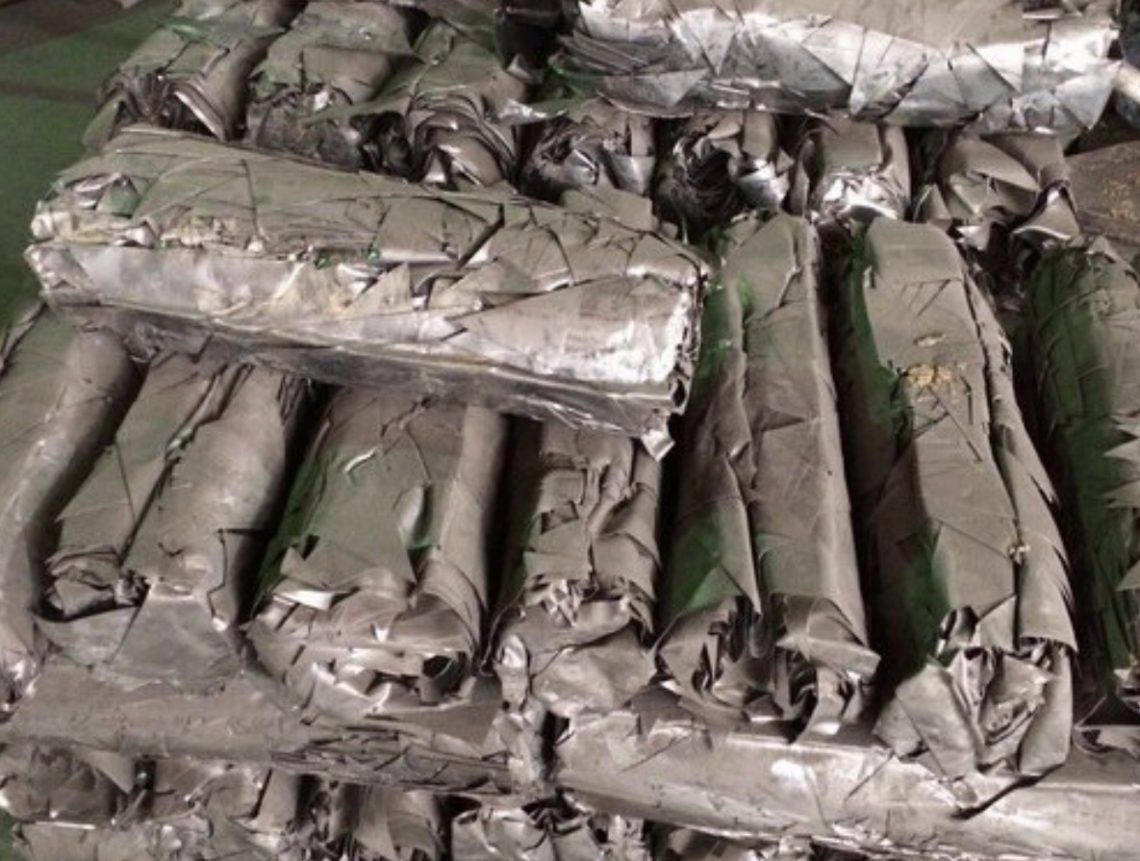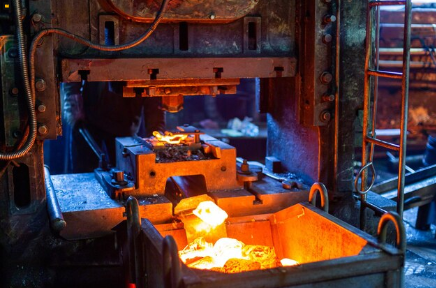
What Materials are Used in Steel Investment Casting ?
In steel investment casting, various materials are employed to create high-quality components. Let’s explore some of the commonly used materials:
Carbon Steels:
Carbon steels are the most common choice in investment casting.
They offer high structural integrity, mainly when heat-treated.
Widely utilized due to their strength and machinability.
Minimal Alloy Steels:
Reduced alloy steels merge strength, toughness, and corrosion resistance.
Elements like nickel and chromium increase their properties.
Commonly used in oil and gas components, pumps, valves, and military vehicles.
Alloy Steels:
Alloy steels blend carbon steel with additional elements.
Chromium improves toughness and heat resistance.
Cobalt ensures durability even at high temperatures.
Nickel enhances strength and corrosion resistance.
Tungsten and vanadium contribute to temperature resistance and hardness.
Austenitic Stainless Steel:
The 300 series of austenitic stainless steel alloys are widely utilized. Nonmagnetic, they exhibit high corrosion resistance. Grades like 304, 304-l, and 316-l are ok for various applications.
Ferritic Stainless Steel:
Contains over 12% chromium and reduced carbon content. Not hardenable by temperature remedy but gives good corrosion resistance.
Duplex Stainless Steel:
Combines features of ferritic and austenitic alloys. Utilized where pitting and corrosion resistance are critical.
Remember that every material s has specific properties, making it suitable for different applications. Stainless steel precision casting, in particular, benefits from its precision, corrosion resistance, and longevity throughout industries like aerospace, automotive, and health-related products




